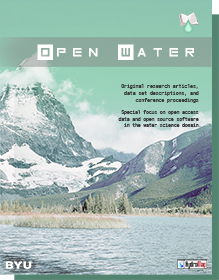Keywords
environmental flow assessment; water balance model; stochastic analysis; reliability; dynamic flow regime
Abstract
Dams design and their operation cause strong environmental alteration and therefore a long-term debate is ongoing for the scale of these projects. At the same time, the concept of Environmental Flow Assessment (EFA) is a crucial element of modified ecosystems featuring large infrastructure such as dams and reservoirs for mitigating potential environmental degradation while they operate. Nowadays, integrated scientific frameworks are required to quantify the risks caused by large infrastructure. Through the use of stochastic analysis, it is possible to quantify these uncertainties, and present a solution that incorporates long-term persistence and environmental sustainability into a balanced reservoir simulation model. In this work, an attempt is made to determine a benchmark reservoir size incorporating hydrological and ecological criteria though stochastic analysis. The primary goal is to ensure the best possible conditions for the ecosystem, and then secondarily to allow a steady supply of water for other uses. Using a synthetic timeseries based on historical inputs, it is possible to determine and preserve essential statistical characteristics of a river’s streamflow, and use these to detect the optimal reservoir capacity that maximizes environmental and local water demand reliability.
BYU ScholarsArchive Citation
Koskinas, Aristotelis and Aristoteles, Tegos Dr.
(2020)
"StEMORS: A Stochastic Eco-Hydrological Model for Optimal Reservoir Sizing,"
Open Water Journal: Vol. 6:
Iss.
1, Article 1.
Available at:
https://scholarsarchive.byu.edu/openwater/vol6/iss1/1
